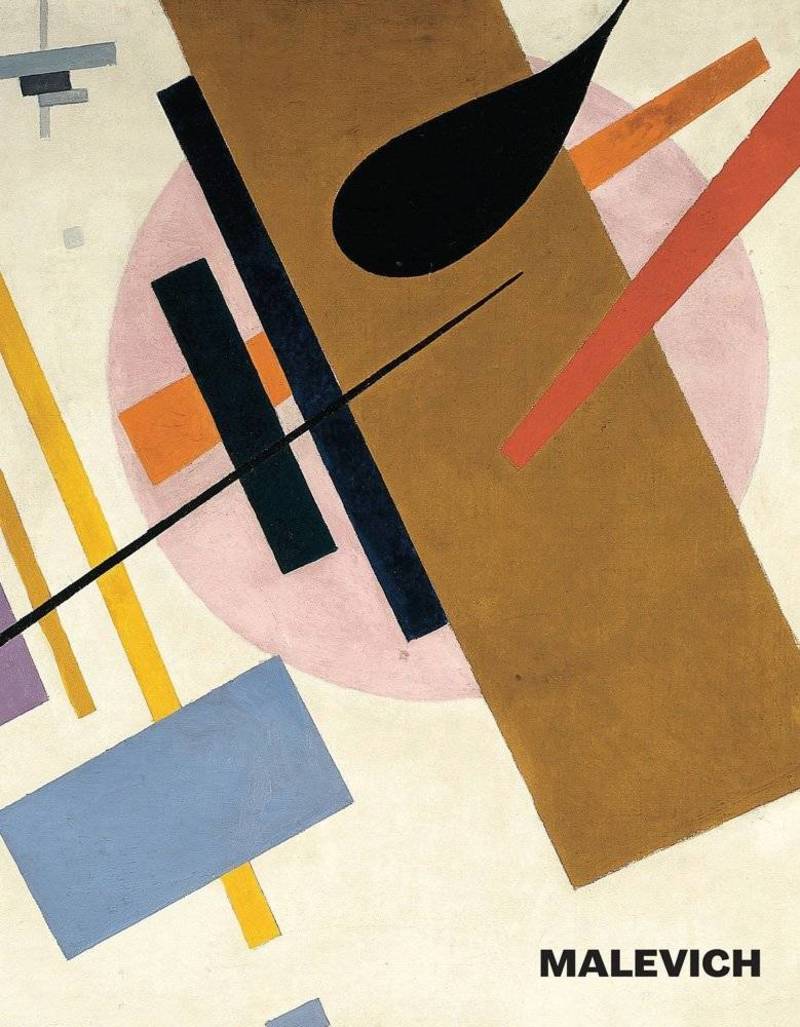A key figure in a succession of art movements in the early 20th century, Kazimir Malevich (1879–1935) was Russia’s most influential avant-garde artist. His style of severe geometric abstraction, which he called “suprematism,” was a precursor to constructivism. When, in the 1930s, his work was banned in the Soviet Union after the Stalinist regime labeled abstract art as “bourgeois,” he developed a new kind of figuration, still with the sole aim of communicating his theories about the nature of art. Illustrated with paintings, drawings, and sculptures, as well as the teaching charts Malevich used to explain his ideas, this expansive volume offers new insight into the artist’s career. Accessible essays by leading art historians discuss all aspects of his diverse output, offering an overview of his groundbreaking work, as well as a detailed exploration of many of his drawings, teaching activities, and revolutionary ideas.
- / Редактор
- / Персоналия
